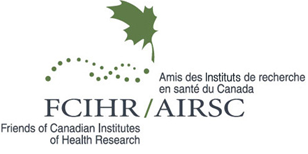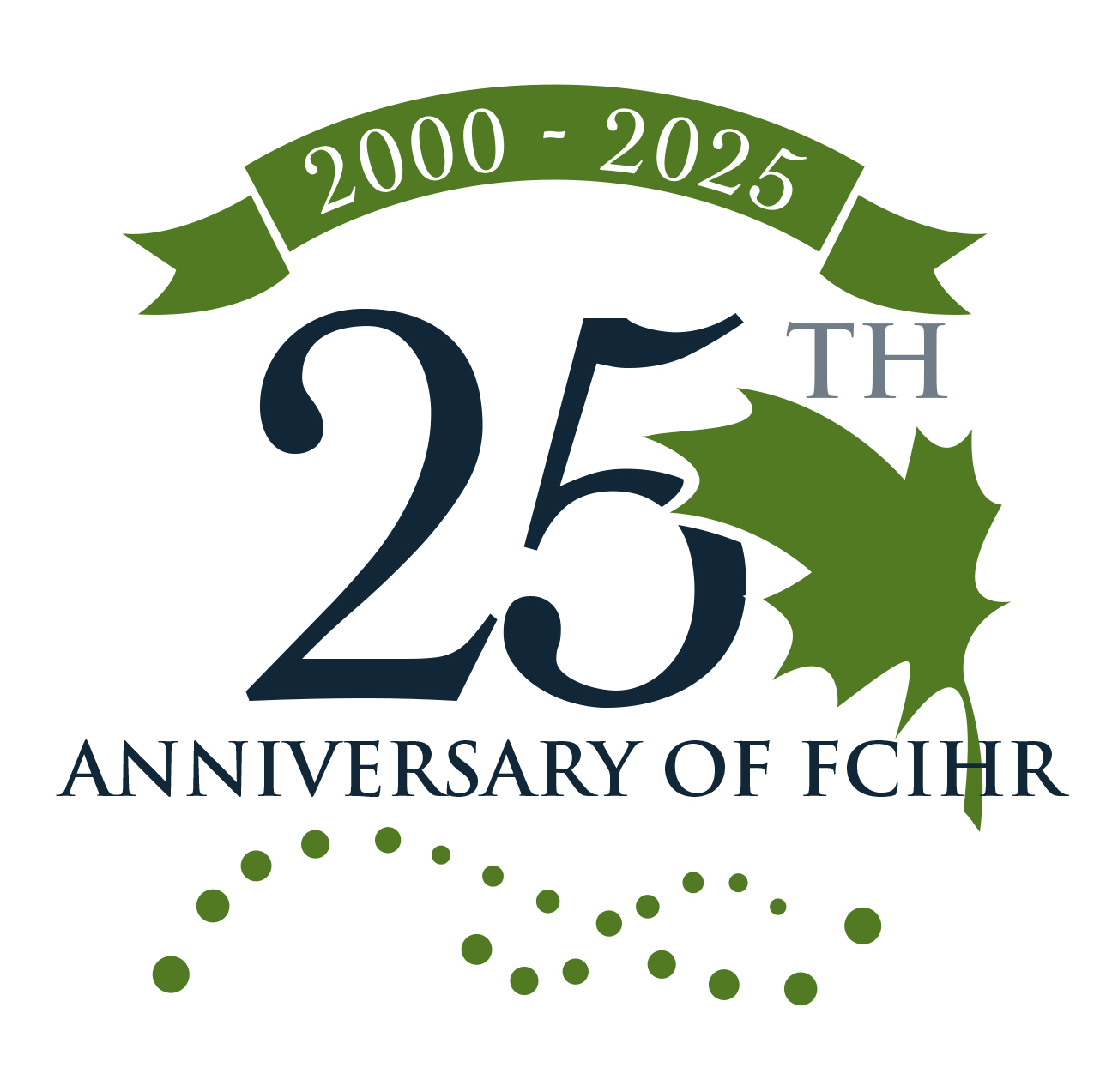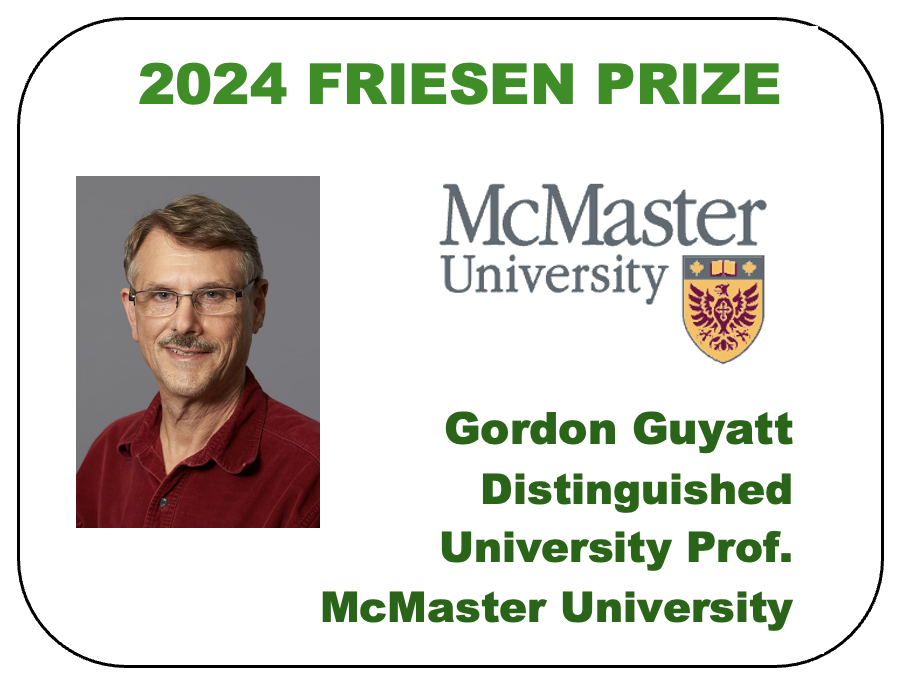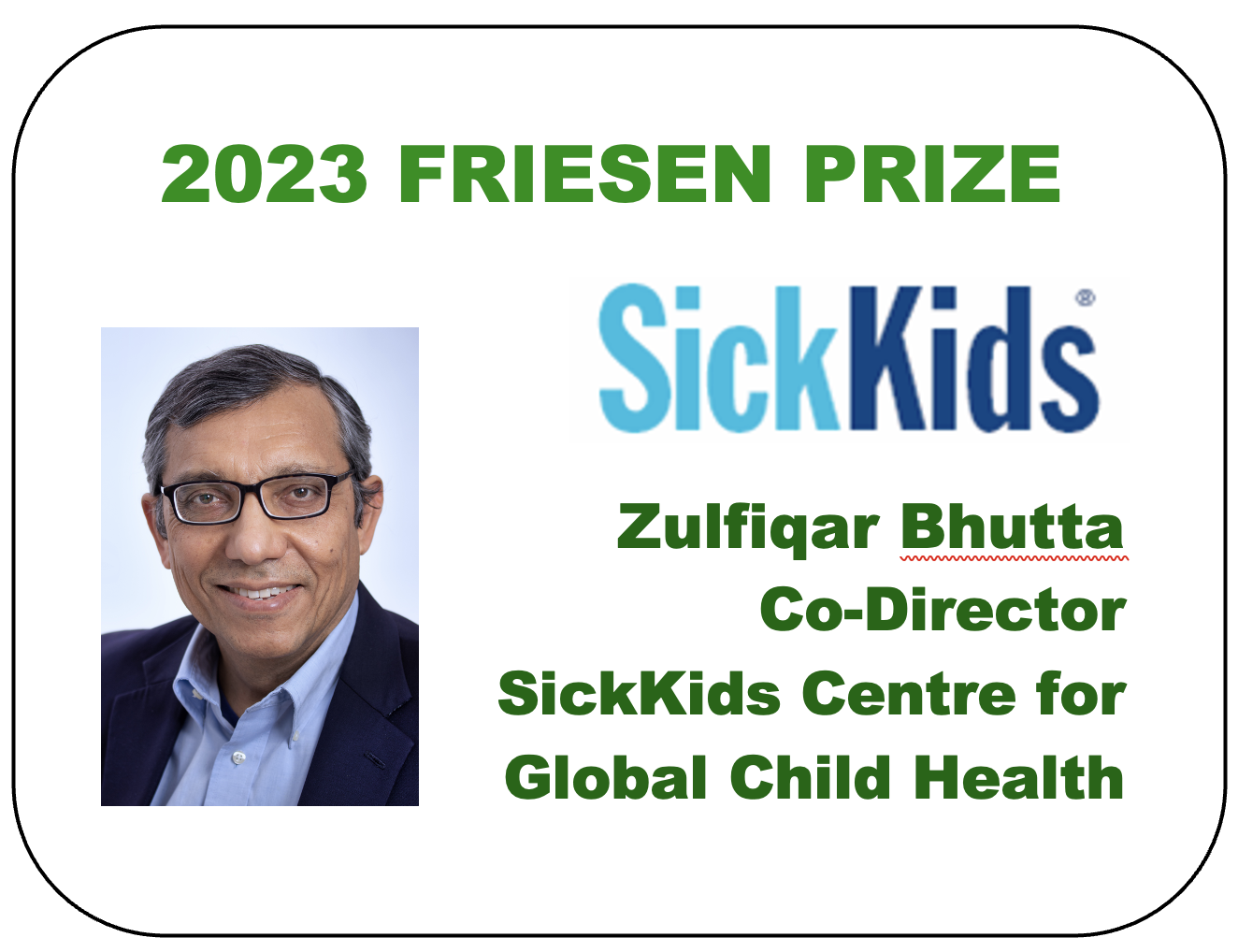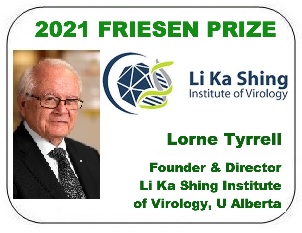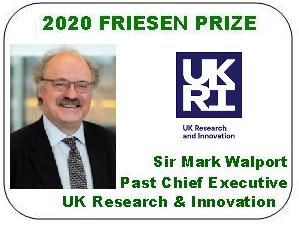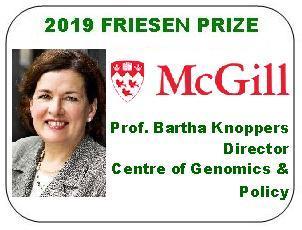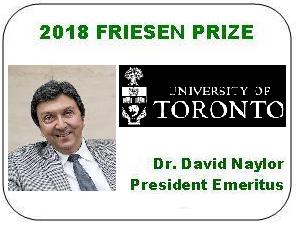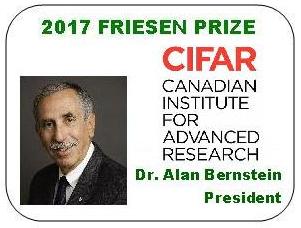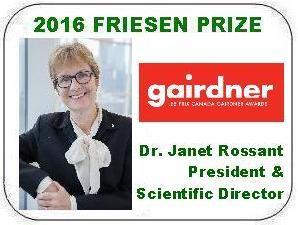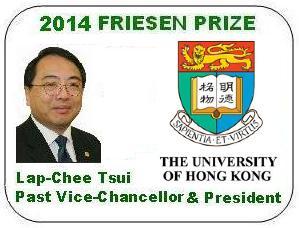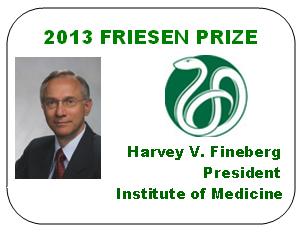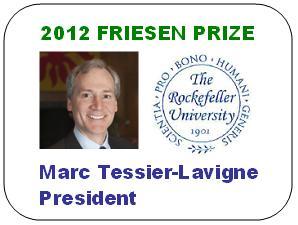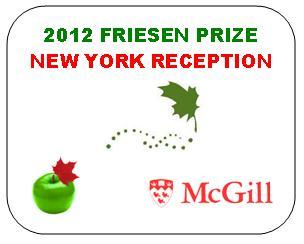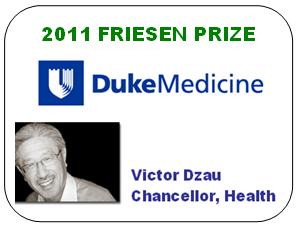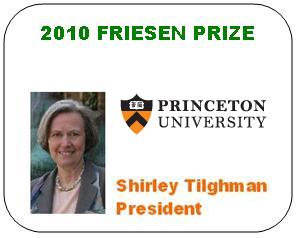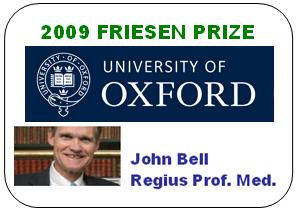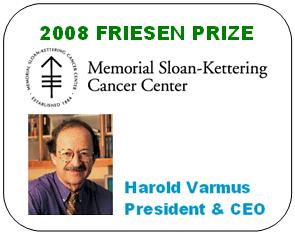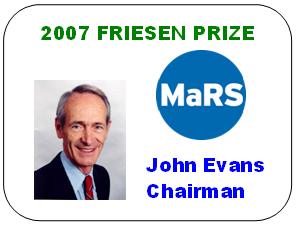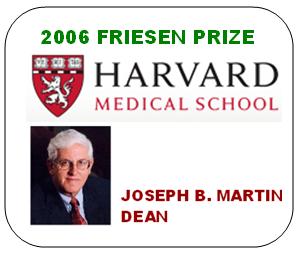DR. LAP-CHEE TSUI – INSTITUTIONAL VISITS – NOTES AND OBSERVATIONS
UBC and St. Paul’s Hospital – Monday, March 23, 2015
The UBC visit was welcomed by Dr. John Hepburn (Vice President Research & International) and Dr. Helen Burt (Associate Vice President Research & International), who were also instrumental in the program of Dr. Victor Dzau (2011 Friesen Prizewinner). This year, with the strong leadership of Dr. Howard Feldman (Executive Associate Dean, Research) and Dr. Michelle Wong (Director, Research), program details were shaped to allow for a balance of interaction between faculty, senior scientists and young trainees.
![]()
Newly appointed UBC President & Vice-Chancellor Arvind Gupta will embark on an official visit to China, according to leads from his office. One of the destination points is Hangzhou, headquarters of Zhejiang University (ZJU), where Dr. Lap-Chee Tsui currently serves as Dean of Qiushi Institute of Higher Education. UBC is interested in exploring strategic level partnerships and the value proposition for both sides.
![]()
With the mentorship of Dr. Bruce McManus (Vice-President, FCIHR, and UBC Prof. Pathology & Co-Director, Institute for Heart + Lung Health, St. Paul’s Hospital), young investigators felt privileged to present their experimental findings to Dr. Tsui, who was more than willing to offer advice on how to enhance the Science that they do. Consultations with the Friesen Prize Laureate extended to the following day when more trainees from the BC Cancer Research Centre shared their wealth of data and hypotheses.
![]()
UBC issues tabled: the need for more growth in –omics; addressing rural health; perceiving graduate students as the ‘bridge for cooperation’ and the willingness to collaborate with Chinese industries.
![]()
Advice from Dr. Tsui to UBC: study your Networks; Hong Kong is also experiencing a crunch with the number of MDs, as there is a lack of sub-specialty training and many are pursuing private practice instead; “share to gain” should be the attitude towards collaboration and remember that a Grant has an end-date, while an Institute has an enduring identity.
![]()
Advice from Dr. Tsui to Trainees at UBC & St. Paul’s Hospital: What is your Research Question? Where and how do you intend to collect your samples? Computer Statisticians need to work closely with Biologists to understand the results. Do not get consumed with data-mining, but rather use a genomic reference map to find focus.
![]()
THEME OF SEVERAL TALKS at Western Canadian Institutional visits
“Cystic Fibrosis: From the Perspectives of a Molecular Geneticist”
Dr. Tsui admits to packed audiences that he was not an overnight success. It took a lot of hard work. Team work, that is.
And it all started with his roots in studying the virus lambda phage and its close association with the E. coli bacterium. Dr. Tsui proudly shares electron micrograph images; photography, being one of his joys. In a candid moment, Dr. Tsui reveals that his dream was to become an Architect and this had a way of spilling over to his work in understanding the assembly of the capsid head and tail of lambda phage. From there, he went on to explore ways in which lambda phage could serve as a vector in the delivery of therapeutic molecules in the body. Dr. Tsui tried his hand in Cancer Biology, but found his career taking a turn towards Molecular Genetics instead.
As one could imagine, the search for the Cystic Fibrosis gene was a frustrating, epic journey – especially given that there was no real frame of reference. Simply put, how do you find your way when you do not have a map in the first place? Manuel Buchwald and Jack Riordan were key collaborators from the outset, together with Francis Collins, well renowned today for pioneering the Human Genome Project. It was through the technique of ‘chromosomal jumping’ that Dr. Tsui was given the tools to inch closer to the Cystic Fibrosis gene by pinpointing key DNA markers, much like book ends on a shelf.
With the identification of the Cystic Fibrosis gene, Dr. Tsui and his team were able to discern the following molecular consequences of mutations in the Cystic Fibrosis Transmembrane Receptor (CFTR): Level I – No Synthesis; Level II – Block in Processing; Level III – Block in Regulation; Level IV – Altered Conductance; Level V – Reduced Synthesis. In time, Dr. Tsui observed that Cystic Fibrosis cannot be narrowed down to a single gene. In fact, there are over 1,800 multi-gene mutations that culminate in the disease state. Another reality is that a family member could demonstrate the mutation in their genome and not necessarily manifest signs of disease, while another family member could have the extreme form. Over the years, serious ethical questions have emerged concerning Personalized Medicine and access to an individual’s genome map. This is where Genome Canada comes in with the launch of many centres across the country to monitor ongoing scientific discoveries and regulate partnerships with Industry. Together with Dr. Henry G. Friesen, Dr. Lap-Chee Tsui has been instrumental in establishing this reputable organization.
Advice to the Universities? If you want to build an Institution, you need to welcome back your people as though they are part of a family. Then the funding will follow.
Advice to trainees? Your projects in the lab may be very specific, but you need to be aware that you are part of a much bigger picture.
